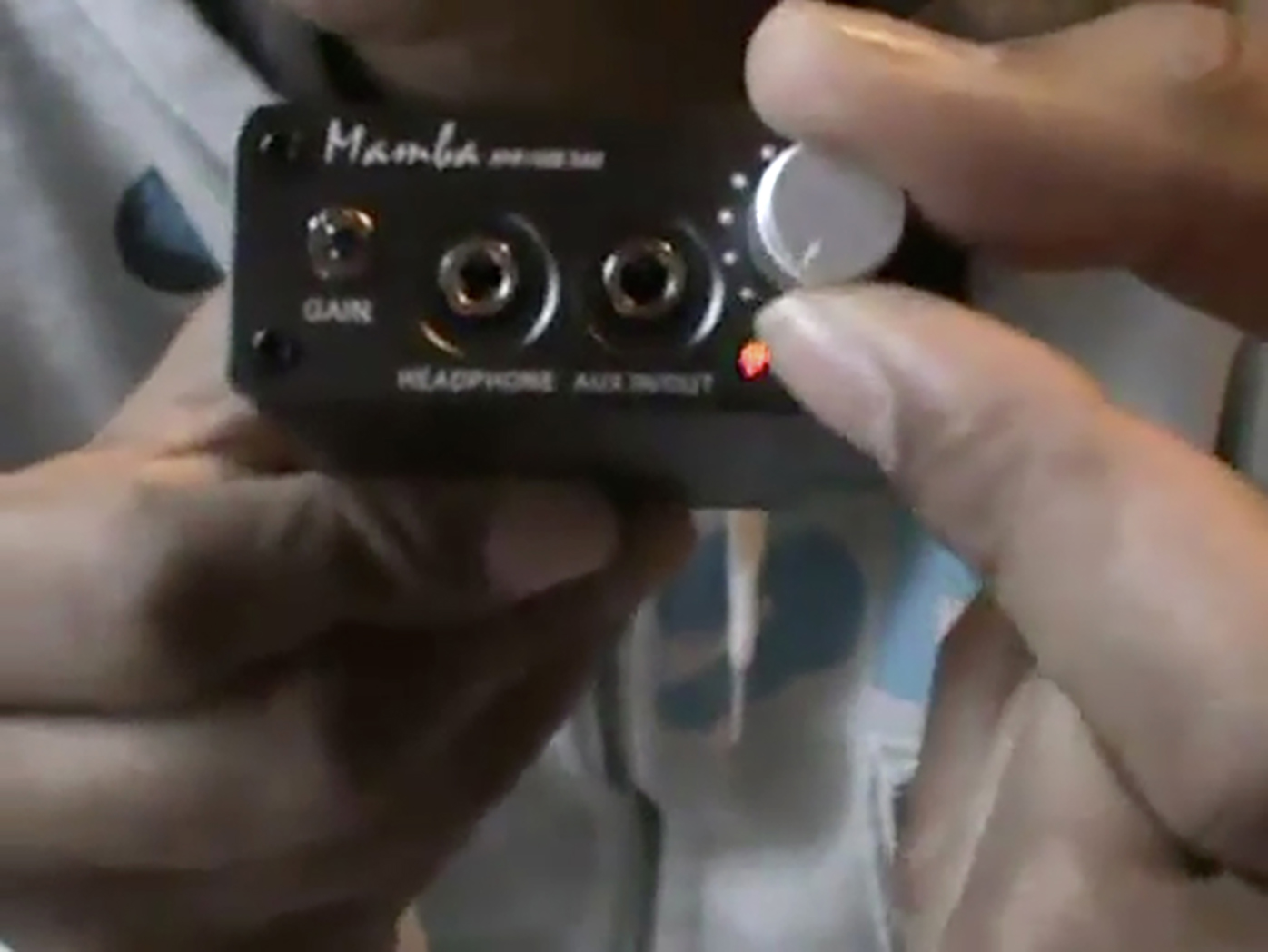Text 3
![]()
Text 3, 2011, performative work, from the exhibition Third Family of Objects and Confrontational Reading, hunt kastner, Prague, 2012, photo: author's archive
So...
how did I get from industrial machines to electronics. Actually... this blog
was originally supposed to be about audio; about equipment with brand names
such as Mark Levinson, McIntosh and Accuphase. These amplifiers and preamplifiers
immediately attract our attention – with their front panels with knobs and
buttons, potentiometers, analogue or digital indicators of the left, right
channel... There’s something about them reminiscent of machine tools, lathes
and horizontal drills.
The
L-590AX did the magic and completely erased the loudspeakers from my listening
room so that with my eyes closed I was not able to identify their positions.
Instead, I could identify the musicians within the three-dimensional soundstage
and that was why (with the lights still dimmed) the listening turned out to be
a be-there experience. As if the L-590AX could render also the cigarette smoke,
heavy curtains and a worn out carpet, fingers dancing on strings and the ice,
slowly melting in the last glass of whisky.[1]
![]()
Text 3, 2011, performative work, from the exhibition Third Family of Objects and Confrontational Reading, hunt kastner, Prague, 2012, photo: author's archive
ear impressions for custom earphones, https://www.youtube.com/watch?v=212rP5zwtpo, 6. 9. 2012
With
their dangerously looking corners and branched coolers jutting out into space
they really are reminiscent of industrial machines. In reality they’re merely
consumer goods - like motorcycles, sports cars and pleasure boats; just like
them they’re a source of joy and a symbol of social status. Even so, there’s
something here... something that makes them different... these goods are
capable of creating a semblance of reality. That’s why I myself refer to them
as machines, even though they do not manufacture anything, but merely reproduce
compositions from a record, tape, CD or MP3 device.
Have
you ever had a chance to listen to a plucked double-bass from the distance,
let’s say, of 1 meter? If your answer is yes then you would probably agree that
it is not just the deep strumming sound we all know from our home audio systems
but that it is very palpable. One can see the effort a player has to put into
the plucking a string a when he does than the mighty THUNG! shudders a room.
Well, such a THUNG!… The guitar that joins the track at around 2´50 is precisely outlined and introduces
delicate details like microresonances of strings, resonating bodies of
instruments or a soft hiss of an analogue master tape. We travel against the
flow of time to the age when digital silence did not exist and one could listen
to the breaks between songs.[2]
![]()
HEADSTAGE ARROW 3G.wmv, https://www.youtube.com/watch?v=QUGCH-z054Q, 6. 9. 2012
In
order for audiophiles to be able to listen to their favourite song they need a
source of audio signal, in other words a gramophone, CD player or computer, a
device to amplify it, i.e. an amplifier, and equipment to reproduce the sound,
i.e. loudspeakers. This is known as framing. It’s like looking at an empty
space bordered by a beautiful steel frame. The whole situation is as follows: a
room and in it a sound system, opposite a seat, and as a general rule one or
more men. They are listening to music, staring into the space in front of them.
Their eyes are scanning the surfaces of the devices. They’re examining each
element of the player, the amplifier, the speakers; and they’re dissatisfied.
They were expecting something to happen, that reality would vanish and instead
members of Kiss would appear in their prime, or Metallica in their heyday or
those crazy guys from The Cure... but they’re simply not materialising...
there’s a hitch, somewhere. Their inner voices are saying – “If I could just
buy that amplifier and those speakers and those wires to go with it... then...
then it would surely work... then they’d finally materialise right here...
right here, right in front of me.”
You
may not be familiar with Siesta movie by Mary Lambert but you may be familiar
with the soundtrack to the movie that was composed by Marcus Miller and Miles
Davis, the latter also playing his trumpet throughout the score. The title track
of the album (Marcus Miller/Miles Davis,Siesta, Warner Bros 7599-25655-2) is,
apart from being compositionally the most complex one, the most acoustic piece
on the disc with live drums… The trumpet line hovers over the background music
in a simple melody… The trumpet was impeccable through the Titan; subtle
microdynamic shifts were documented with ease and self-assurance and very close
to what you can hear in concert. I did not find any trace of congestion or
transient limitation of peaks and this did not change even at
higher-than-appropriate playback levels. There is an extreme power reserve in
the Titan; I cannot imagine a load that would drive this amp to be short of
breath.[3]
![]()
Ibasso D4 Mamba Portable Amplifier Unboxing, https://www.youtube.com/watch?v=9H2KarMwf-4, 6. 9. 2012




